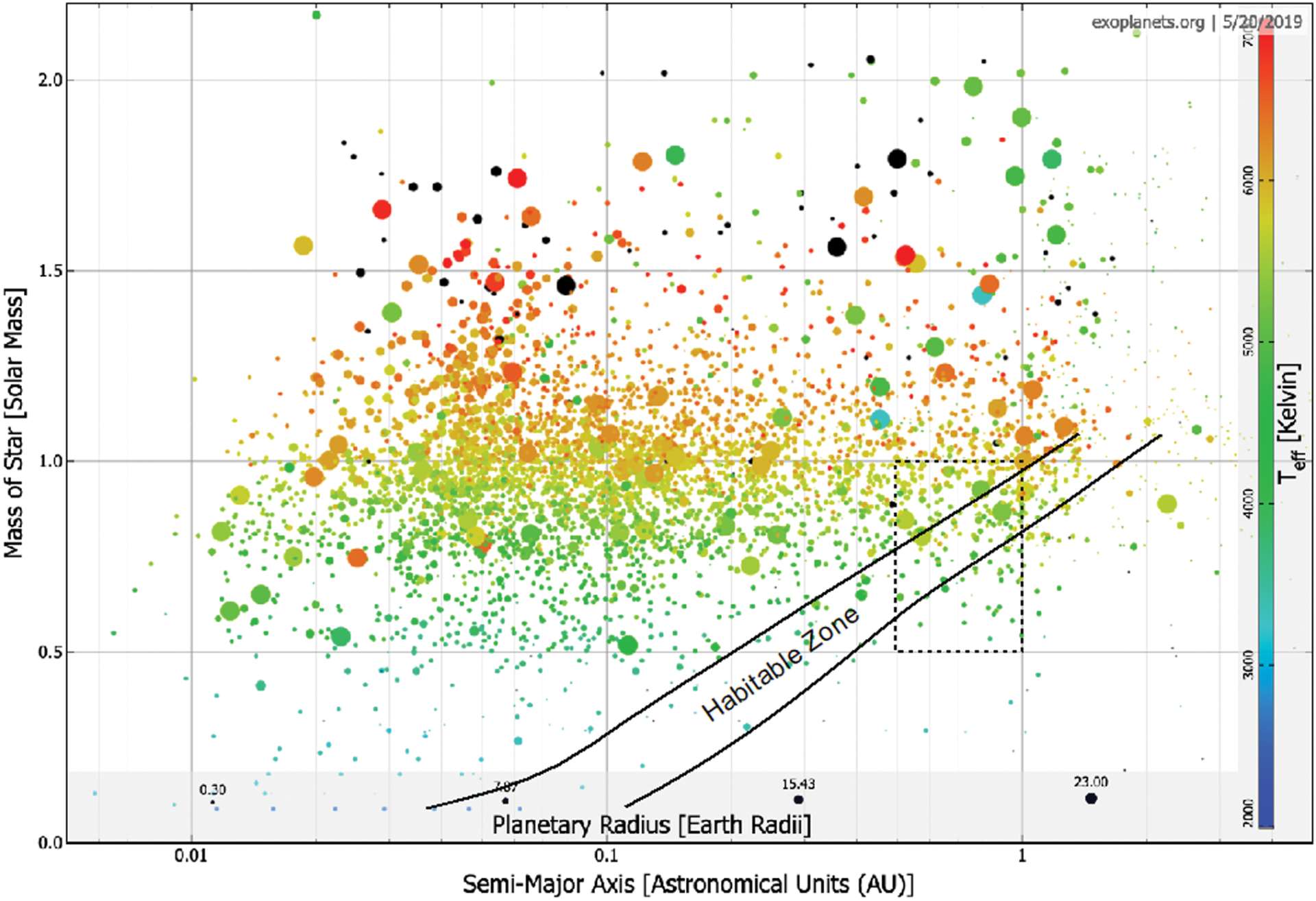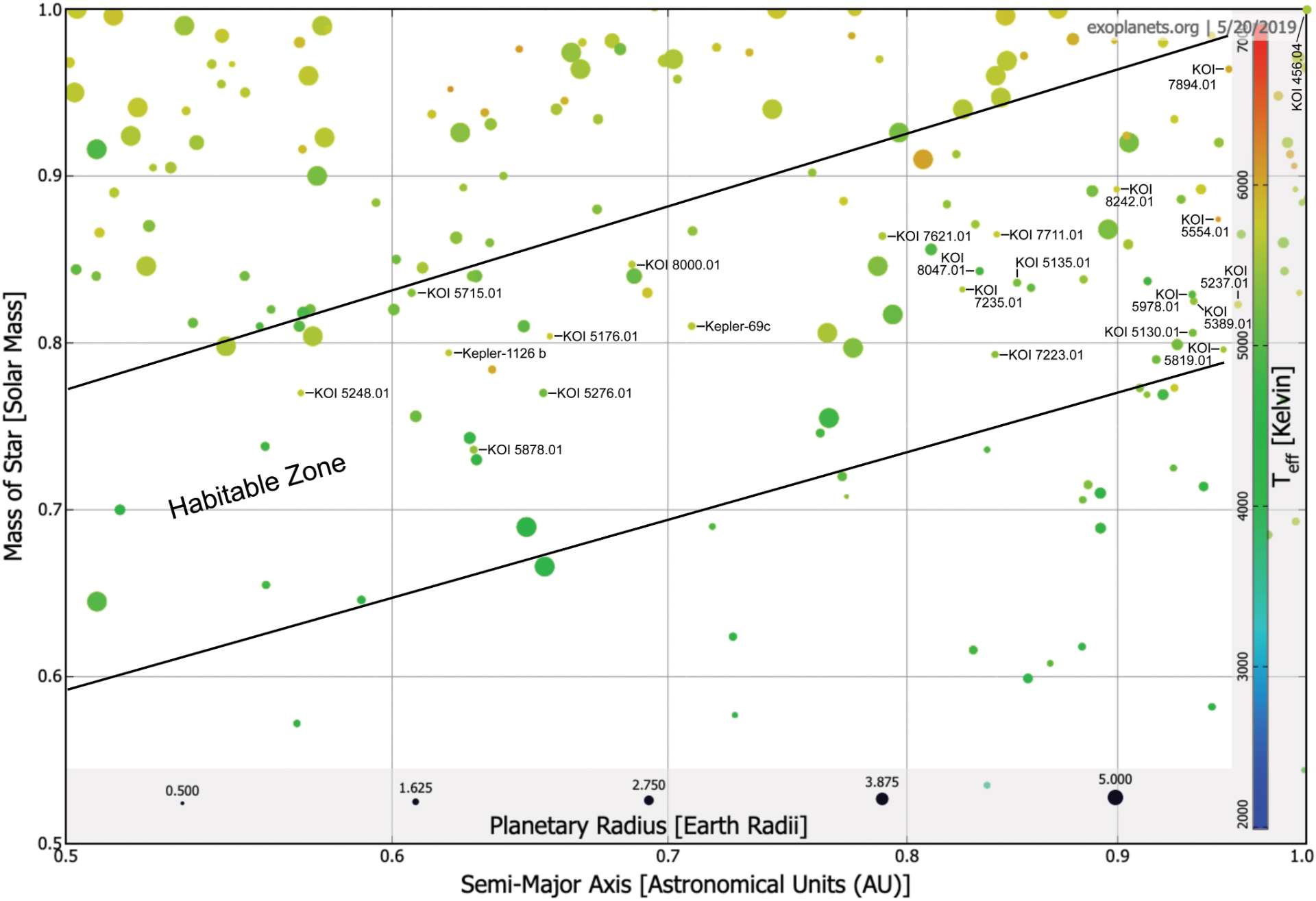
Resolves as YES if strong evidence of a habitable zone rocky exoplanet with a significant oxygen (O₂) atmosphere is announced before January 1st, 2030, in such a way that a wide consensus emerges within the scientific community that this detection is reliable.
Criteria for “habitable zone”:
The exoplanet’s orbit must lie within the region around its host star generally agreed to be capable of supporting stable liquid water on the planetary surface.
This determination is typically based on stellar luminosity, spectral type, and orbital distance as defined by widely accepted astrophysical models.
Criteria for “rocky exoplanet”:
The exoplanet must be within a mass and/or size range generally accepted for terrestrial (rocky) planets (e.g., up to about 1.6–2.0 Earth radii and/or ~10 Earth masses).
The body must not be primarily gaseous or icy, but rather composed primarily of silicates/metals.
Criteria for “significant oxygen atmosphere”:
Observational data must indicate oxygen levels substantially above trace amounts (e.g., >1% O₂ by volume in the atmosphere).
The oxygen detection must be robust (spectroscopic or other equivalent evidence) to the satisfaction of most experts in the field, with an expected false positive rate deemed very low.
Resolution: This question resolves to YES if (by January 1st, 2030) the general scientific community accepts that a newly identified exoplanet is rocky, in the habitable zone and demonstrates clear, significant atmospheric oxygen. Otherwise, it resolves to NO.

